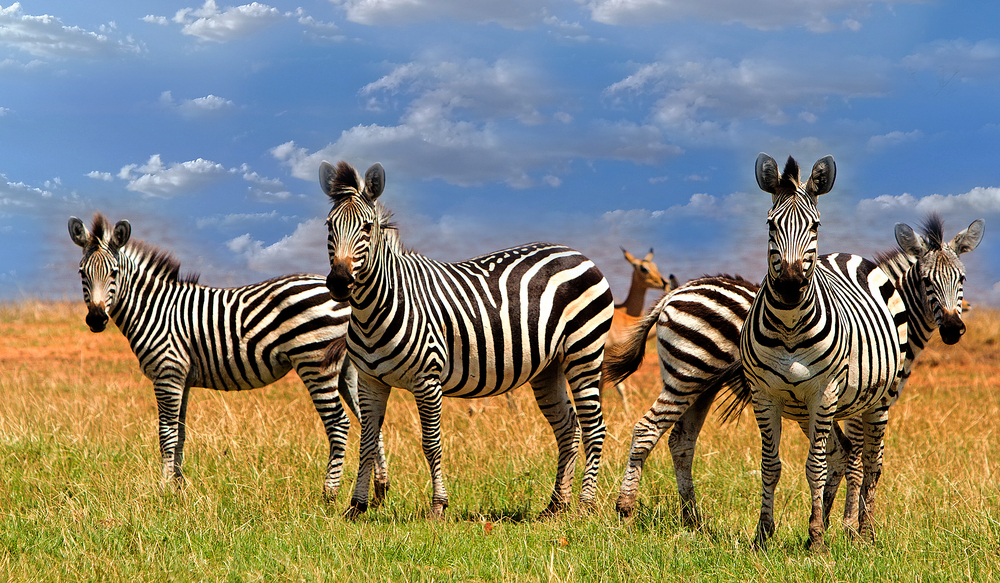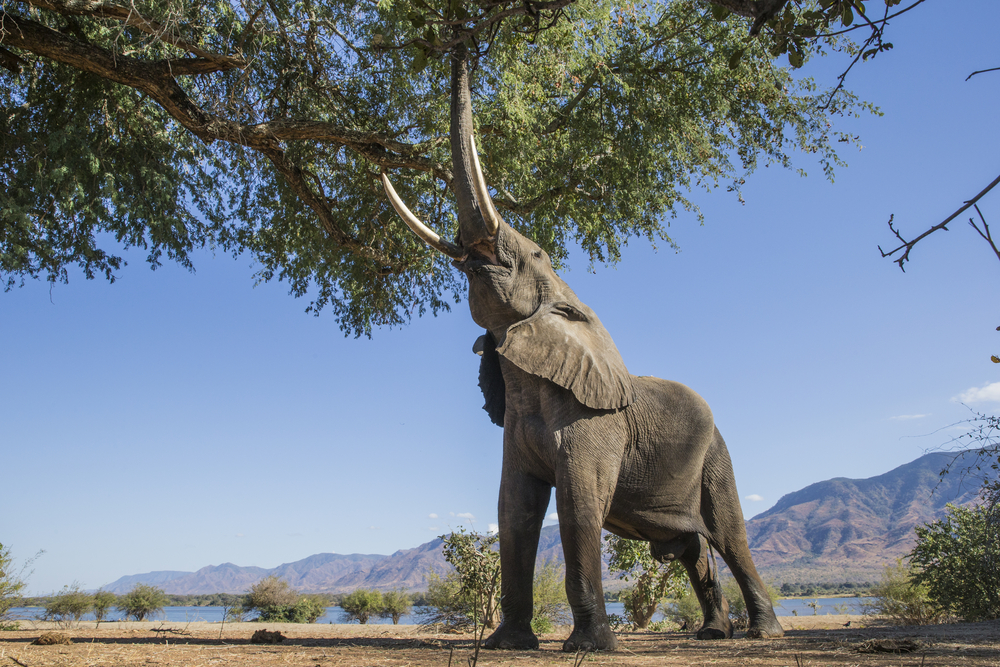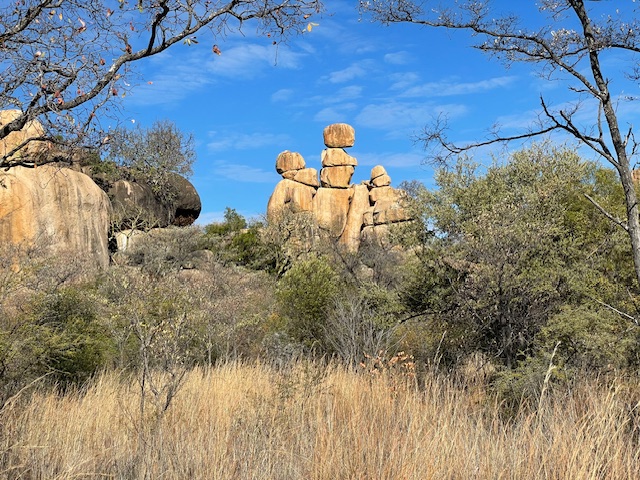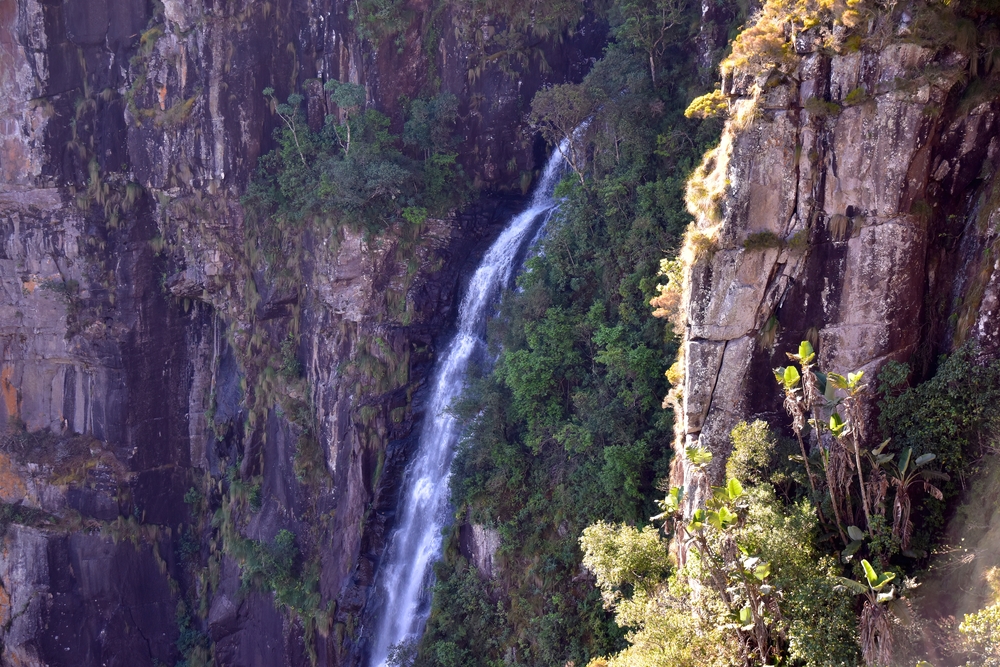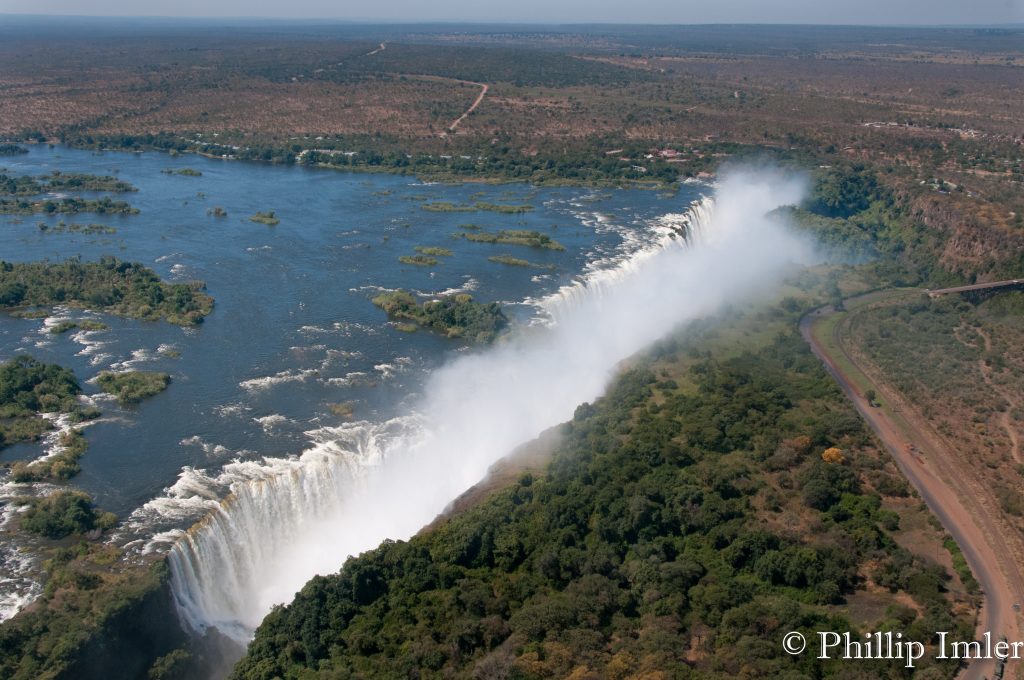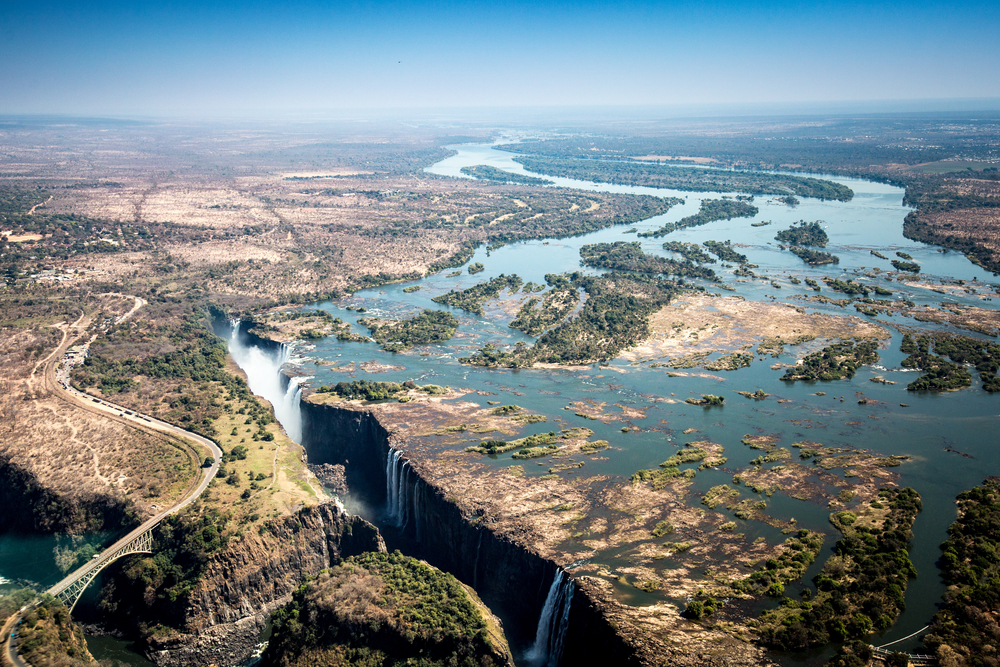Matusadona Overview
Matusadona National Park, known locally as “Paki yeMatusadona,” is a stunning wildlife sanctuary situated along the southern shores of Lake Kariba in northern Zimbabwe. Established as a national park in 1975, the park spans approximately 1,400 square kilometers (540 square miles) and derives its name from the rugged Matusadona Mountain Range, which forms a dramatic backdrop to the park’s breathtaking scenery. Matusadona is renowned for its diverse habitats, including grasslands, woodlands, and the vast aquatic landscapes of Lake Kariba.
The park’s terrain is dominated by the imposing Matusadona Mountain Range, which rises steeply from the lake’s shores, providing panoramic views of the expansive water and surrounding wilderness. These mountains, reaching elevations of about 900 meters (2,953 feet), are interspersed with valleys and ridges, offering hiking and exploration opportunities for adventurous visitors. The lake itself is a spectacular feature, formed by the damming of the Zambezi River and covering an area of approximately 5,580 square kilometers (2,154 square miles).
Matusadona National Park is a haven for wildlife and boasts one of the most diverse ecosystems in Zimbabwe. It is particularly known for its significant elephant and lion populations, as well as other large mammals such as buffalo, zebra, and impala. The park’s aquatic habitats are home to hippos, crocodiles, and various fish species, including the prized tigerfish, which attracts anglers from around the world. Bird enthusiasts will find a paradise here, with over 240 recorded species, including the African fish eagle, goliath heron, and the rare Pel’s fishing owl.
The park played a pivotal role in “Operation Noah,” a massive wildlife rescue mission conducted during the 1950s and 1960s when the construction of the Kariba Dam flooded the Zambezi Valley. Thousands of animals were relocated to safety, and many were brought to Matusadona, solidifying its importance as a conservation hub. Today, the park continues to focus on wildlife protection and habitat preservation, with significant efforts directed toward anti-poaching measures and the restoration of predator-prey dynamics.
Visitors to Matusadona can enjoy a range of activities, including game drives, walking safaris, and boat cruises on Lake Kariba. The lake offers exceptional fishing opportunities, while the park’s network of roads and trails allows for close encounters with wildlife. Guided bushwalks provide a chance to explore the park’s intricate ecosystems on foot, led by experienced rangers. Accommodation options range from luxury lodges to rustic campsites, catering to diverse traveler preferences.
Matusadona National Park is a gem of Zimbabwe, blending stunning landscapes, abundant wildlife, and rich history. Its unspoiled wilderness and ongoing conservation efforts make it a must-visit destination for nature enthusiasts and eco-tourists alike.








































































